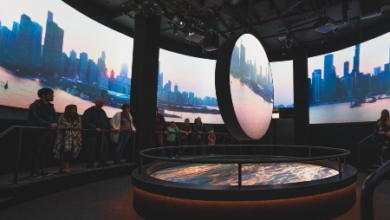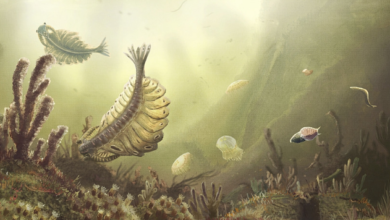Cosmic Spectacle Unveiled: Don’t Miss the Ursid Meteor Shower’s Dazzling Show on December 23!

If you’re seeking a celestial spectacle this winter, Ursid Meteor consider catching a glimpse of the Ursid meteor shower set to peak on December 23. Occurring annually around the winter solstice, this minor meteor shower occurs as Earth traverses the debris left by comet 8P/Tuttle.
While not as dazzling as the earlier Geminids that graced the sky, the Ursids still offer an opportunity to witness shooting stars in the crisp night air. At their zenith, the Ursids produce approximately five to 10 meteors per hour under optimal conditions.
Ursid Meteor
To observe the Ursids, locate a dark, unobstructed area away from city lights. The prime time for meteor watching is during the early hours of December 22 and 23, just before dawn. These meteors will seem to emanate from the Ursa Minor constellation, also known as the Little Bear or the Little Dipper, which remains visible all night in the northern hemisphere. Utilize a sky map app on your phone to find the constellation or spot the bright star Polaris, marking the end of the Little Dipper’s handle.
No special equipment is necessary to enjoy the Ursids—just your eyes and a bit of patience. Dress warmly, bring a blanket or chair for comfort, and allow your eyes time to adjust to the darkness before scanning the sky for streaks of light.
The Ursids may be a subdued meteor shower, but they reliably add a touch of sparkle to winter nights. Don’t miss the chance to witness some cosmic fireworks as the year draws to a close.






